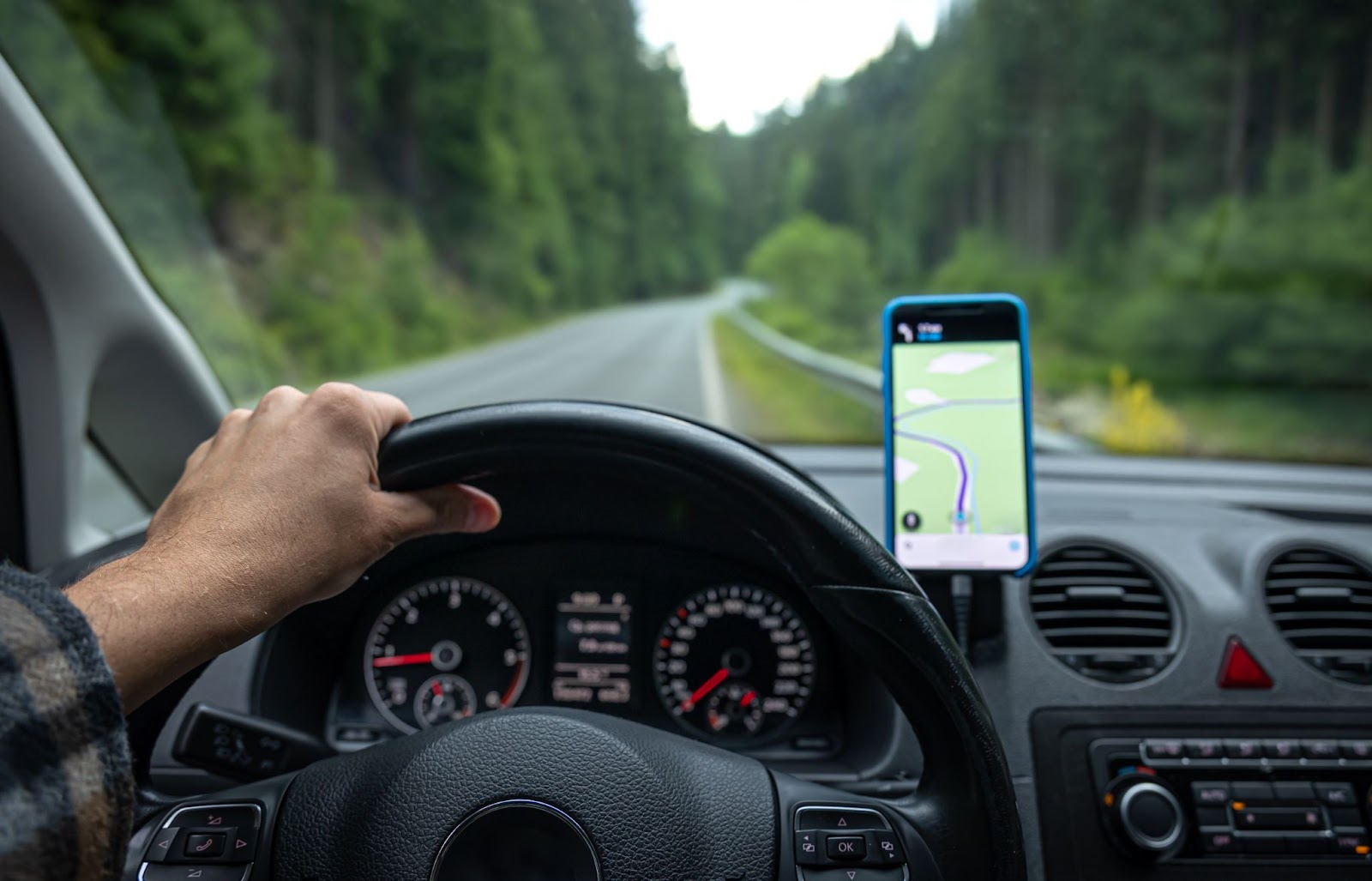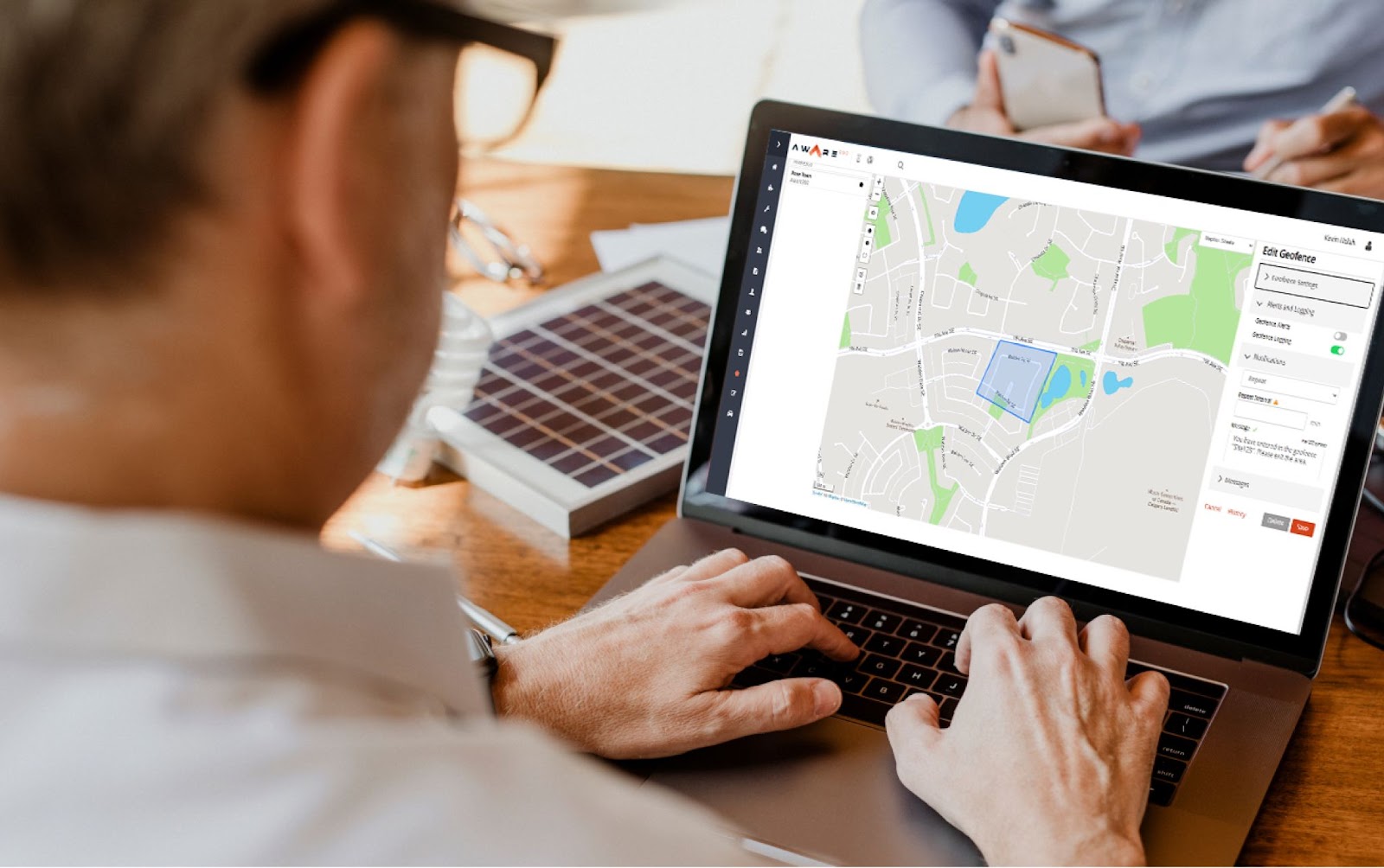Lone worker tracking and monitoring are two key technologies that help protect these employees. Tracking mainly focuses on pinpointing a worker's real-time location, while monitoring covers a wider range of factors, including health and environmental conditions.
Are you using the most suitable technology to keep your lone workers safe? Should you track or monitor them? Let’s explore the key differences and find out how Aware360’s SafetyAware provides the perfect solution.
What is lone worker tracking?

Lone worker tracking is a system that keeps tabs on the location of employees working independently or in remote areas. This system uses GPS technology or other advanced methods to ensure every movement of a lone worker is recorded and accessible.
Benefits of lone worker tracking:
- Faster emergency response times: Unlike traditional emergency calls where time is lost explaining one's location and situation, lone worker tracking provides immediate access to a worker’s location, enabling quicker deployment of emergency services and potentially saving lives.
- Improved accountability and peace of mind: Employers can monitor whether workers are sticking to their tasks and routes, providing increased oversight.
Potential drawbacks of tracking:
- Privacy concerns: Having access to employee location information at all times can easily suggest their privacy is being invaded. This can result in a sense of discomfort and distrust between employees and employers.
- Feeling of being micromanaged: Constant tracking may come off as excessive surveillance, which can lower employee morale.
- Limited insights into worker safety: While tracking provides location data, it does not fully reveal environmental or health risks, indicating a need for additional safety measures.
What is lone worker monitoring?

Lone worker monitoring offers an array of functionalities that go beyond location tracking, offering enhanced safety and security for both employees and organizations.
Unlike basic tracking systems focused solely on geographic positioning, lone worker monitoring systems gather a variety of data types (e.g., timers, sign-on/sign-off, location-based alerts, etc.) These systems are equipped to evaluate environmental conditions, assess worker health, and monitor other vital safety metrics, offering a detailed overview of each worker's safety environment.
Benefits of lone worker monitoring
Implementing monitoring systems brings significant advantages:
- Proactive intervention in potential emergencies: Automatic alerts and health monitoring facilitate quick responses that can prevent emergencies from worsening.
- Enhanced safety measures: Monitoring systems can be customized to address specific risks in various work environments, aligning safety protocols closely with actual dangers.
- Improved data for workplace safety assessments: The data collected from these systems helps analyze safety trends, identify risk patterns, and improve safety strategies overall. Want to learn more about data? Check out our list of safety metrics that you need to start tracking.
At Aware360, our monitoring system is designed with an "exception-based" approach. This means that alerts and information are triggered and collected only under specific conditions—namely, when an incident occurs or when a worker is in trouble. This targeted strategy ensures that resources are used efficiently and responses are swift and relevant to the situation at hand.
Understanding the full capabilities and limitations of lone worker monitoring allows organizations to make well-informed decisions that ensure worker safety while managing costs and complexity. Book a demo with one of our specialists, and we can answer your questions and walk you through the monitoring process.
Monitoring with care
Ensuring the safety of lone workers is essential for responsible business operations, helping to protect your workforce and enhance overall productivity. By adopting a monitoring system, you significantly enhance workplace safety and demonstrate a clear commitment to your team's welfare, ensuring a comprehensive safety environment.
For organizations aiming to improve or establish their lone worker safety strategies, selecting the appropriate system requires careful consideration of your specific safety requirements, the working environment, and your broader organizational objectives. If this is your situation, make sure you check out our comprehensive guide to lone worker safety solutions.
Still not sure what type of safety solution you are looking for? Book a meeting with us to discuss your needs, review options, and find a solution that best fits your organization.